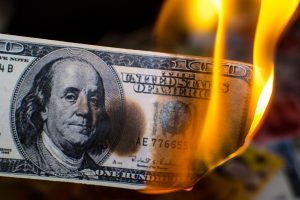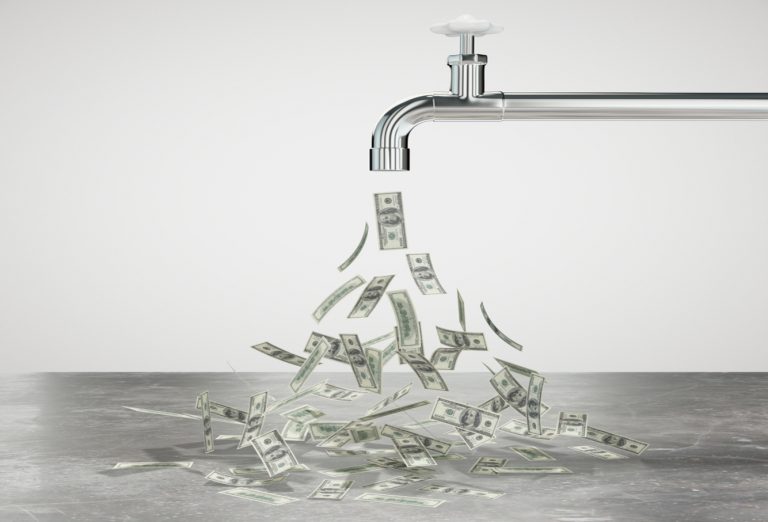
This is the final installment in our blog series about cash flow management, and cash-blind owners.
What are cash-blind owners, you wonder?
Simply put, they are integration firm owners who are completely oblivious to the monthly cash flow activity of their business.
To determine whether you fall into this category, you can ask yourself whether you know the answers to these three questions:
- Do you know your company’s days sales outstanding (DSO)?
- Do you watch your company’s sources & uses(S&U) of cash?
- Do you know your monthly overhead cash burn rate?
We’ve already talked in detail about days sales outstanding and sources & uses of cash (see links above). The last blog in this series talks about cash burn rate.
Cash Burn Rate
How big is your cash overhead “nut” to crack each month? After you pay your suppliers and disburse field payroll, do you have any leftover cash to cover the back-office sales and administration costs? Supplier bills and field payrolls float up and down with activity levels. Not so for fixed sales and administrative expenses. Overhead bills are generally paid in cash, regardless of whether you’re experiencing a good revenue month – or a horrible one.
Overhead cash burn rate describes the rate at which a company spends “in cash” to pay for overhead expenses each month. In this case, we define “overhead” as sales, general, and administrative expenses, which are expenses not directly associated with revenue levels.
Normally, these expenses are paid in cash each month; they’re also fixed in amount from month to month. (Because depreciation expenses aren’t paid in cash, we exclude this value when determining overhead cash burn rate.)
Rent, utilities, and office staff are paid each month. These payments are made regardless of monthly sales levels. We absolutely must know how big this “nut” is to crack so we can amass cash reserves for a weak revenue month (or period). Your annual revenue can be on target, but you can still be tripped up by a seasonally weak revenue period.
An example: Your annual revenue may be $12 million with a 30% gross profit. But your revenues don’t magically line up as $1 million per month. If you have a $250,000 overhead cash burn rate per month, any month with less than $833,000 in revenue will end up cash negative! Knowing your burn rate number allows you to plan (and hopefully stockpile cash) in anticipation of an upcoming negative cash-flow period.

Moving Forward
Are you immune from a cash-crunch disaster if you learn and utilize the three concepts we’ve now covered?
Not entirely, but you will at least have an understanding that inoculates you against cash blindness.
Perhaps the next time your banker asks how business is doing, you can confidently reply: “DSO is holding solid at 55 days. Last month, we had a positive cash flow of $100,000. We shouldn’t have any trouble cracking our monthly cash overhead nut of $225,000 for the next six months.”
While this may not have the same sizzle as saying “Profits are astronomical,” it does demonstrate a knowledge of your financial health well beyond the replies of most business leaders.
By Eric Morris is CFO at Wayne Automatic Fire Sprinklers, Inc.
This article was originally published by our partners at NSCA. Read the original story here – Are You a Cash-Blind Owner Part 3: Cash Burn Rate Concept
Handpicked Related Content
-
What makes a financially successful integration business? One with high profits? One with a solid financial plan? Many owners believe that, if profits are solid, then the company is solid. As we revealed in Part 1 of our blog series, Don’t…
-
During my decades-long career as a CFO, I’ve had the great pleasure of knowing and interacting with many superbly talented entrepreneurs. Unfortunately, some of these remarkable individuals are also what I call “cash-blind owners.” This “disorder” describes otherwise-savvy business owners…



